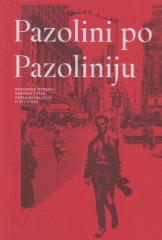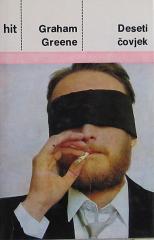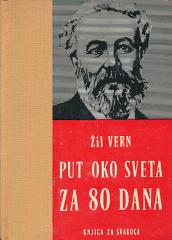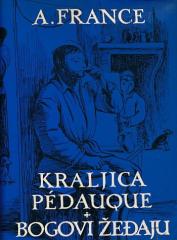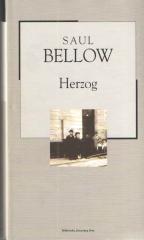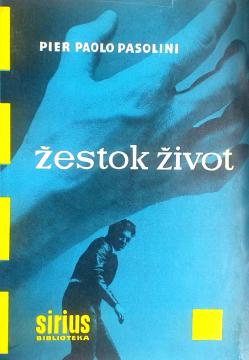
Žestok život
Roman prati život Tommasa Puzzillija, mladića iz rimskih predgrađa, u poslijeratnoj Italiji. Roman istražuje teme nasilja, klasne borbe, seksualnosti i potrage za identitetom kroz sirov, realističan prikaz života radničke klase.
Tommaso, mladi delinkvent, živi u svijetu uličnih bandi, sitnog kriminala i moralnih dilema. Njegov život je ispunjen sukobima – s društvom, obitelji i samim sobom. Pasolini ga prikazuje kao kompleksnog lika koji oscilira između grubosti i ranjivosti, očaja i želje za iskupljenjem. Kroz Tommasove odnose, uključujući ljubavnu vezu s Irene i prijateljstvo s likovima poput Lella, roman otkriva duboku humanost unutar surovog okruženja.
Pasolinijev stil miješa neorealizam s poetičnošću, koristeći rimski dijalekt kako bi dočarao autentičnost predgrađa. Roman kritizira kapitalističko društvo i njegovu ravnodušnost prema marginaliziranima, dok istovremeno istražuje političke tenzije, uključujući Tommasov kratkotrajni flert s komunizmom. Tragičan kraj, obilježen bolešću i smrću, naglašava nemogućnost bijega iz ciklusa siromaštva i nasilja.
Žestok život je snažna freska o društvenoj nepravdi i ljudskoj borbi, utemeljena na Pasolinijevoj fascinaciji autentičnošću i otporu prema konformizmu.
Nema primjeraka u ponudi
Poslednji primjerak je nedavno prodan.
